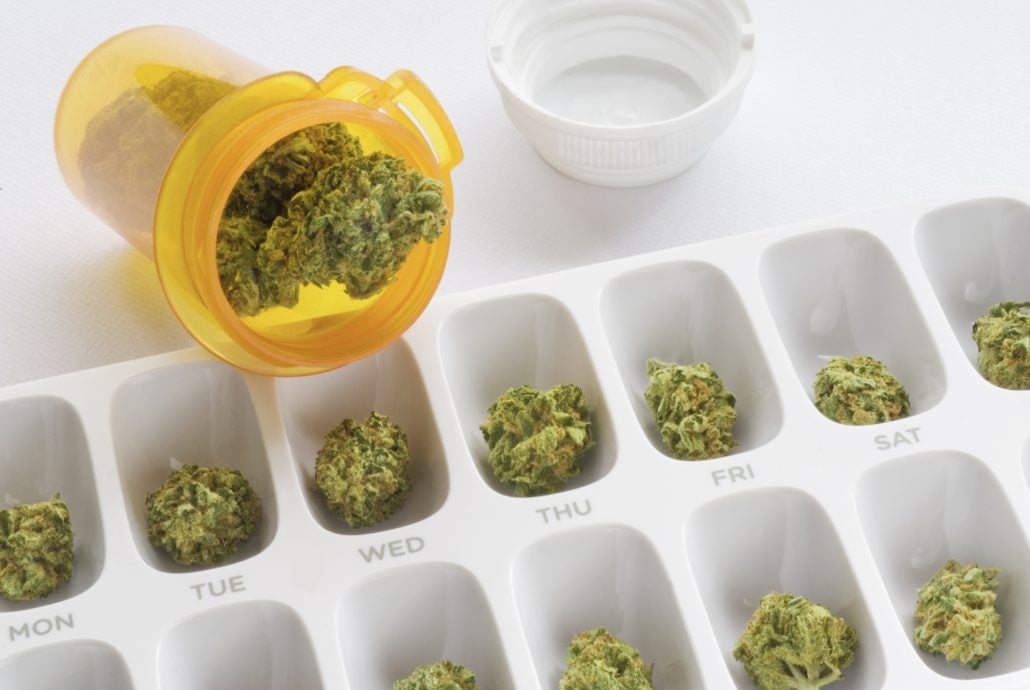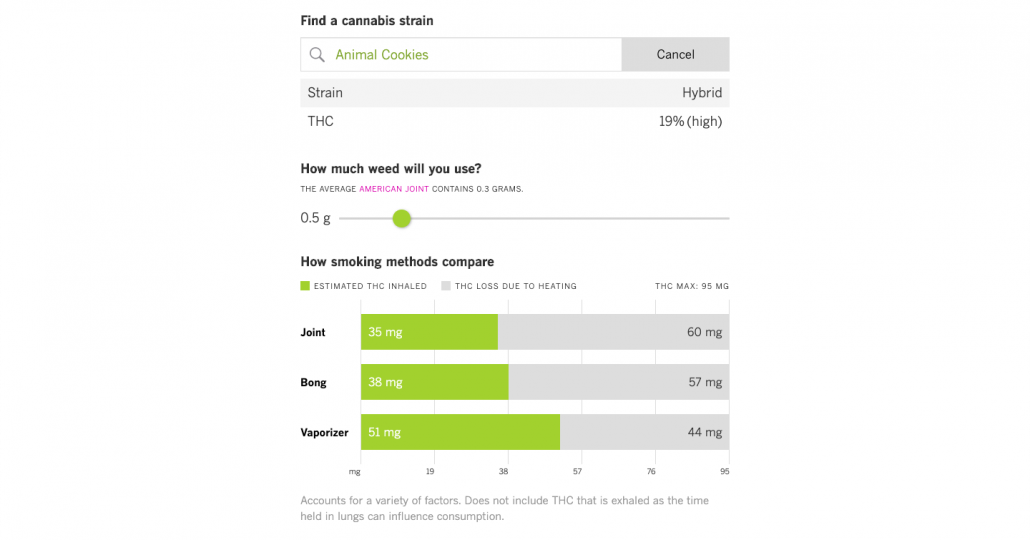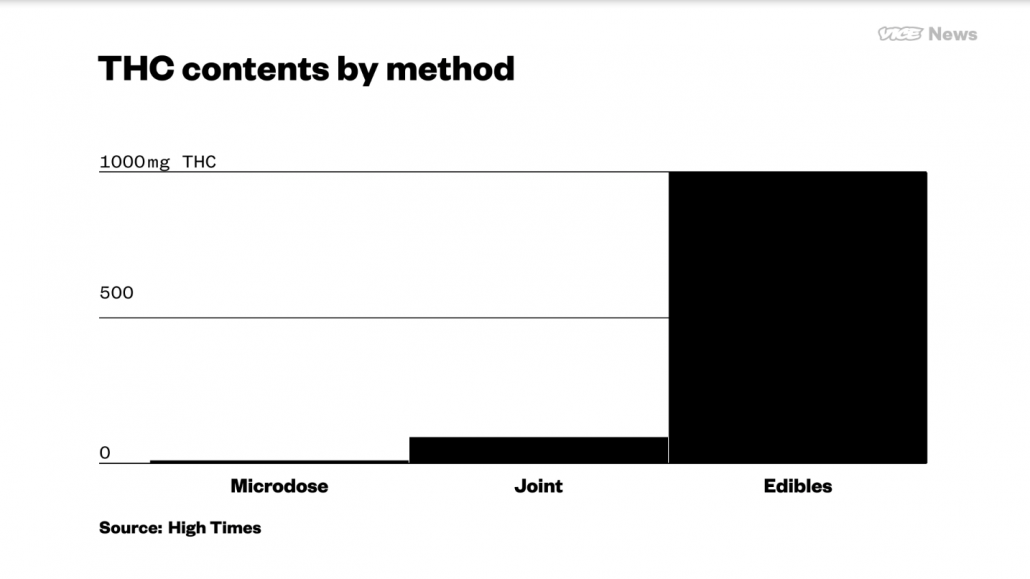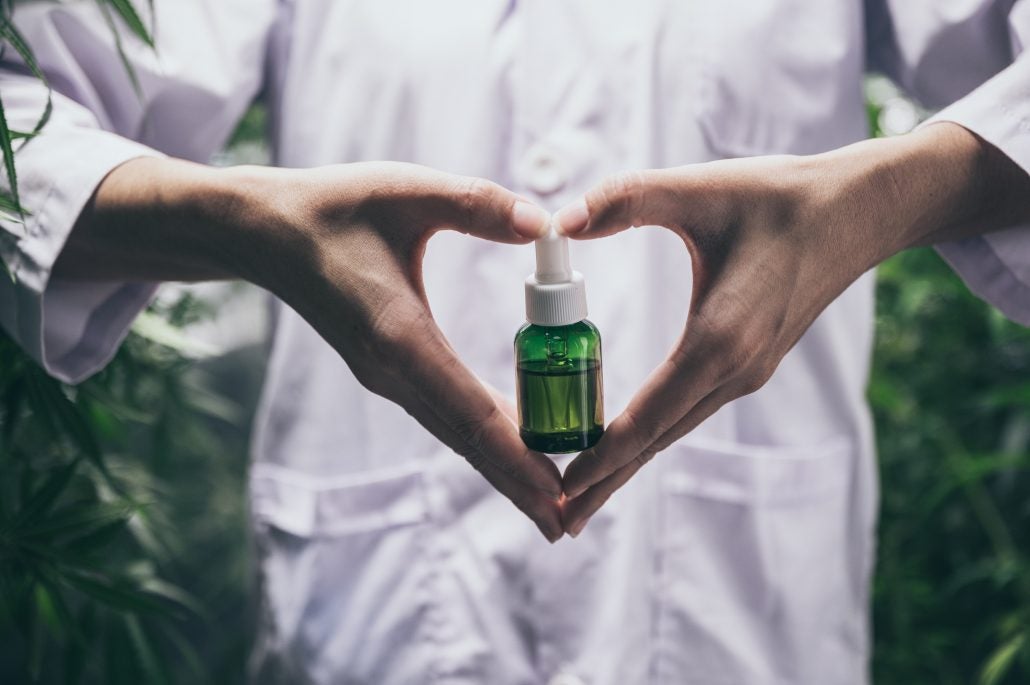Microdosing is the practice of taking small, imperceptible doses of psychedelics to experience the therapeutic benefits without the high. It is most-commonly associated with psychedelics like LSD and magic mushrooms, but there has been growing interest in microdosing weed as cannabis becomes increasingly accepted in society.
Microdosing is often promoted as a way to benefit from THC without the high.
Have you noticed how CBD products are touted as a way to benefit from cannabis without the high? Microdosing is the same idea, only this time applied to THC, the psychoactive compound in cannabis.
In this article, we’ll take a look at the basics of microdosing weed. You’ll learn about what it is, how much to take, the 3 most popular ways to microdose cannabis (smoking, edibles, and tinctures), and more!
What is microdosing?
Microdosing is a “less is more” approach to cannabis that defies what got so many into cannabis in the first place. But getting high isn’t for everyone, and microdosing has shown great potential for people who aren’t familiar with cannabis or just don’t like getting high.
Some studies have shown that low doses of THC can be more effective at reducing pain and stress than more substantial doses, and can even have a better effect on our mood!
When microdosing, the most important thing is to start low and go slow.
The reasons for microdosing weed run the gamut from helping people deal with depression, stress, anxiety, pain, and sleep issues; to improving their focus and boosting creativity. Finding the right method, amount, and dosing schedule depends on the person and their reason for doing it.
How much is a microdose?
As the name implies, microdosing is all about the dosage. The most crucial part is that the dosage is low enough that it’s non-psychoactive. If you feel high, that means you took too much!
For cannabis, 10 mg of THC is a low dose, and anything under that is generally considered a microdose.
Compare that to microdosing LSD. Typically, a microdose of LSD is one-tenth of a regular dose, which works out to 10 – 20 ug.
- Keep in mind: There is a HUGE difference in the units of measurement for THC and LSD. THC is measured in milligrams (“mg”), while LSD is measured in micrograms (“ug”), and micrograms (ug) are 1000X smaller than milligrams (mg).
- In other words, 1 mg = 1000 ug
Some people consider 10 mg THC too high for a microdose, and microdosing is not an exact science since it depends so much on the individual. A bit of trial and error is to be expected to find your minimum dose.
Depending on your tolerance to THC, 10 mg could get you high, but those who are used to cannabis may not feel it at all. That’s why you’ll sometimes see recommendations to microdose 2.5 mg THC (or less) in the beginning if you have little to no tolerance.

Photo courtesy of Weedistry.
The doctor says:
As your microdose has to be tailored to your individual needs, it will be unique as you are. If you want to find out what your dosage is, Dr. Dustin Sulak offered this advice in Rolling Stone:
“Abstain from cannabis for two days. On day three, consume one milligram of THC and one milligram of CBD, preferably in a tincture or oil where they can be measured precisely.
Before consuming, ask yourself three questions, and answer on a scale of one to 10: How easy is it to breathe, how comfortable and calm does your body feel and how easy is it for you to smile authentically, to feel content and grateful?”
After dosing, he recommends waiting 45 minutes before asking yourself the same questions again and recording your score. Then, compare it to your previous score. If there hasn’t been any change and you don’t feel any effects, increase the dosage by 1 mg THC.
Keep in mind that getting doses that small can sometimes be challenging to find or measure out, depending on how you’re microdosing your cannabis.
This brings us to the next question…
What’s the best way for microdosing weed?
One of the best things about cannabis is the many different forms and flavours it comes in. That includes (but is not limited to) dried flower, hashish, concentrates, edibles, and tinctures, and you can potentially microdose them all. But certain forms of cannabis are better suited to microdosing than others.
We’ll be looking at a few of the most common ways to consume cannabis and their effectiveness for microdosing:
- Dried flower
- Edibles
- Tinctures
Microdosing flower
The classic joint, aka “marijuana cigarette,” is one of the most popular ways of consuming cannabis in the world. There are many reasons why- the social aspect to sharing a joint, the ritual of rolling it, and the fact that the high kicks in within minutes (sometimes seconds)- but if you want to microdose cannabis, there are more precise methods than the joint.
- Did you know: Joints generally range from 35 – 90 mg of THC, and the variation is due to variables like the THC content of the strain and how much cannabis is in the joint.
Check out the Smoke Calculator (courtesy of the L.A. Times) for the THC content of hundreds of strains and an approximation of how much THC you’ll get for joints of different sizes.

Let’s say you used the Smoke Calculator to find out how much THC you’ll get from a 0.5g joint of Animal Cookies. It shows that if you smoked the entire joint, you’d inhale around 35 mg THC. If you wanted a microdose of 5 mg THC, you should only smoke about one-seventh of the joint. Depending on your lung capacity, that could be 1 – 3 puffs.
But you might not want to smoke a joint over seven small sessions. Not only would it reek, but a relit joint also doesn’t taste as good as a fresh one. Also, its potency may increase from the resin buildup which occurs due to the resinous smoke passing through the remaining flower on the joint.
If you’re going to be smoking amounts that are small enough to microdose, you’d be better off using a bong or vaporizer for dried flower. Especially if you have a scale. Then you could weigh it out and pack your bowl.
While those are small gripes, there are more precise and easier ways of microdosing weed than smoking it.
Microdosing weed edibles
Edibles are very popular for microdosing because their THC content is clearly labelled on the package. Some of our most popular gummies contain 100 mg THC per package with 10 pieces inside. Each piece has 10 mg THC. While 10 mg is a low dose, if you want an even lower dose, you can always cut the gummy in half, quarters, or whatever your preference.
- Tip: Edibles take much longer than smoking cannabis to kick in, and you should expect to wait between 1 – 2 hours for the THC to be absorbed by your body, whereas if you were smoking, the THC would be absorbed within minutes.
Don’t let the graph below intimidate you. 1000 mg THC edibles are for seasoned veterans with high tolerances as they’re about the most potent edibles you can get.
For reference, the edibles on our menu usually range from 5 – 800 mg THC, and everything in between.

Licensed edibles are low dose ONLY
If you’re looking for anything more potent than low dose edibles in the licensed market, you’re out of luck because the Cannabis Act set a THC limit on edibles of 10 mg THC per package.
That means you’re often looking at $5 – 10 for a package containing a maximum of 10 mg THC, which means that all licensed edibles are technically a microdose, or at the very least, low dose.
While that’s great for the purposes of microdosing, the government-imposed THC limit is just another example of the continued stigma surrounding cannabis to this day.
Can you imagine if the government was so scared and misinformed about alcohol that they banned everything except 1% beer? That’s what they’ve done to cannabis edibles.
Low dose tinctures
Tinctures are alcohol-based solutions containing cannabinoids like THC or CBD, or as Leafly put it: “cannabis-infused alcohol.”
Tinctures are a very popular option for microdosing because of their versatility and ease of use. Check out the variety of tinctures on our menu, from ones containing only CBD or THC to tinctures with both THC and CBD.
Tinctures come with a dropper for easy and accurate dosing, and the most effective method to use a tincture is sublingual, or “under the tongue”.
Taking a few drops of the tincture this way means that the THC will be absorbed much faster than an edible. While edibles can take hours, tinctures usually take 15 – 30 minutes!
But if you wanted, you could also add a few drops of the tincture to any food or drink to instantly turn it into a cannabis-infused edible. But then that would take the same amount of time as an edible to kick in.
When microdosing weed, consistency is key
Consistency is critical to reaping the full benefits of microdosing cannabis. You should take the same dose at the same time(s) each day, and record your dosage and any effects you experience. Keep track of your progress and increase your dose if needed.
- Did you know: Consistency and tracking are two of the most significant differences between microdosing cannabis and recreational use, aside from the low dosage of THC, of course.
And who knows? Perhaps if microdosing weed gains traction in the mainstream, it will pave the way for a greater acceptance of microdosing psychedelics like LSD and psilocybin. It will also help people further reduce their dependence on pharmaceuticals and other more harmful substances.
It only takes a few dedicated people to get the ball rolling, and if microdosing weed works for you, we hope you spread the word about the benefits of this lesser-known method of using cannabis.
Resources
Leafly: Microdosing cannabis: Benefits without the buzz.
Rolling Stone: Why Microdosing Is Taking Over Medical Marijuana.
Weedmaps: How to microdose weed when you’re working from home.
Vice News: Is Microdosing The Future of Marijuana?.

